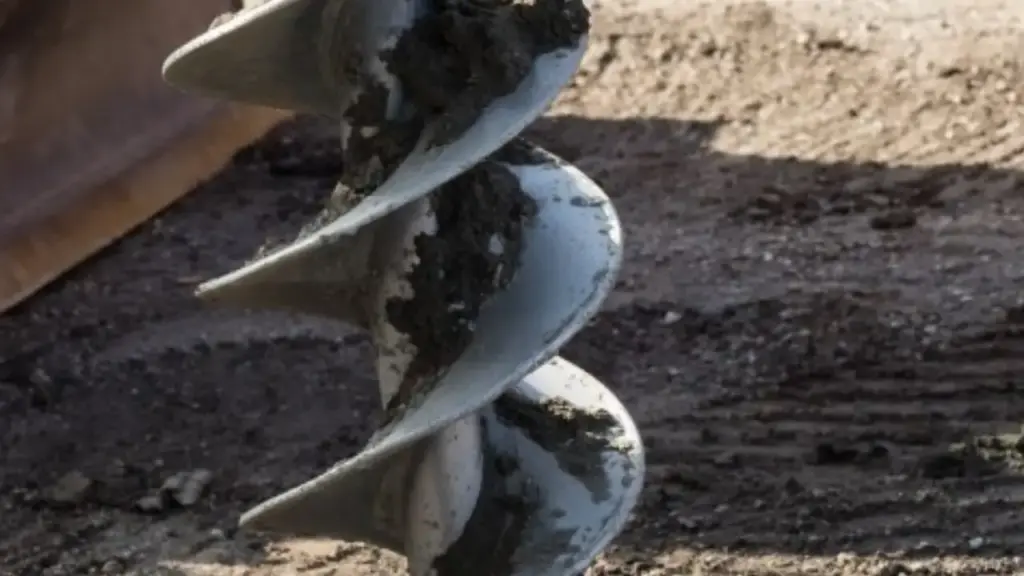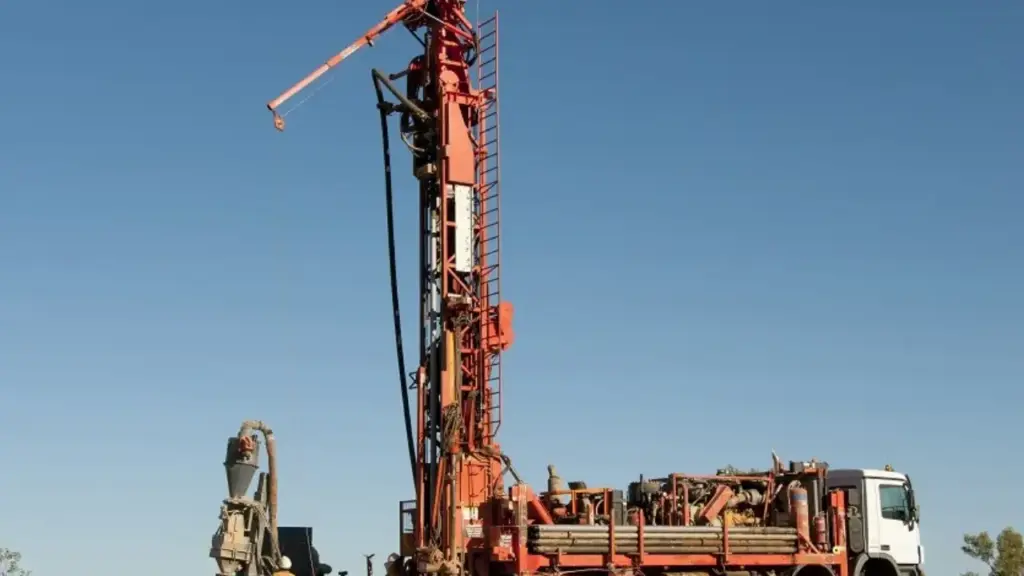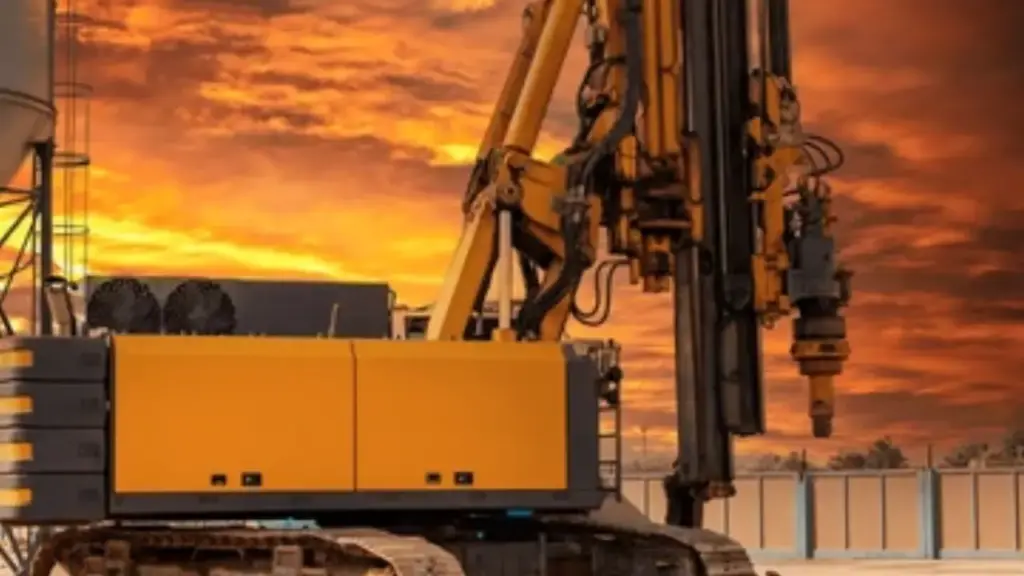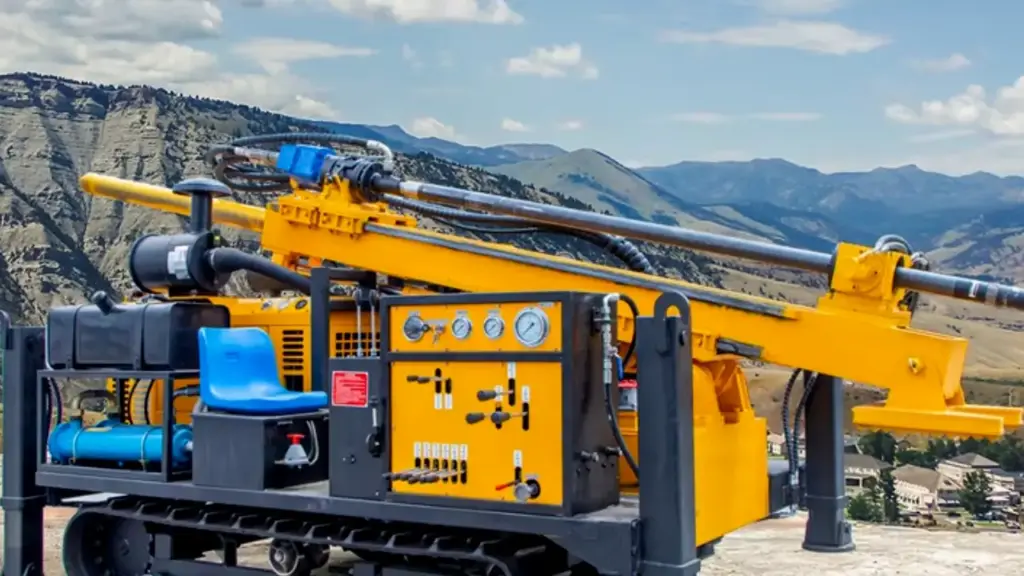Understanding the subsurface is paramount for successful construction and infrastructure projects. Geotechnical drilling methods provide the essential insights into soil and rock conditions beneath the surface. Choosing the right drilling technique is crucial for obtaining accurate data efficiently and cost-effectively.
This blog post will explore various geotechnical drilling methods, ranging from the simple auger to advanced sonic techniques. We’ll delve into the principles behind each method, their applications, advantages, and limitations, helping you determine the most suitable approach for your specific project needs.
What is Geotechnical Drilling
Geotechnical drilling is the process of boring holes into the earth’s subsurface to investigate the soil and rock conditions. This crucial practice allows engineers and geologists to collect samples, perform in-situ tests, and gather vital information about the ground’s composition, strength, and other properties.
The data obtained from geotechnical drilling is fundamental for making informed decisions in civil engineering, construction, environmental studies, and resource exploration, ensuring the safety and stability of various projects.
Geotechnical Drilling Methods

Geotechnical drilling encompasses a range of techniques tailored to investigate the subsurface. Each method offers unique advantages and is selected based on project needs, soil and rock conditions, and the required sample quality.
Here’s a detailed look at four common geotechnical drilling methods:
Auger Geotechnical Drilling

Auger drilling employs a rotating helical screw blade to extract soil samples efficiently, making it a cost-effective choice for shallow subsurface investigations. This method is particularly advantageous in soft to medium-stiff cohesive soils and granular materials above the water table, providing relatively good-quality disturbed samples for geotechnical and environmental analysis.
Benefits: Auger drilling is generally quick and economical for shallow depths. The equipment is relatively simple and mobile, allowing for easy access to various site locations. It’s a versatile method for collecting soil samples for classification, index property testing, and screening for environmental contaminants.
Applications: Common applications include preliminary site investigations, environmental soil sampling, shallow groundwater monitoring well installation, and collecting samples for agricultural or research purposes. It’s also used for drilling holes for fence posts, signposts, and other shallow foundations in suitable soil conditions.
RAB Geotechnical Drilling

RAB (Rotary Air Blast) drilling utilizes compressed air to power a down-the-hole hammer, fracturing rock and removing cuttings rapidly. This method excels in penetrating hard and consolidated rock formations, offering a faster drilling rate compared to some other rock drilling techniques, making it suitable for larger and deeper exploration programs in rocky terrains.
Benefits: RAB drilling provides rapid penetration rates in hard rock, is relatively cost-effective for initial exploration phases, and can achieve significant depths. The continuous removal of cuttings by compressed air allows for quick assessment of the encountered rock types.
Applications: Primarily used in mineral exploration for identifying ore bodies and geological mapping in rocky areas. It’s also applied in water well drilling in hard rock aquifers and for drilling blast holes in mining and quarrying operations. While sample quality is lower, it provides valuable preliminary information.
Rotary Mud Geotechnical Drilling

Rotary mud drilling circulates a drilling fluid (mud) to cool the drill bit, carry cuttings to the surface, and stabilize the borehole walls. This technique is highly versatile, capable of drilling through a wide range of soil and rock conditions, and allows for the collection of both disturbed and relatively undisturbed samples, including continuous core samples.
Benefits: Rotary mud drilling offers excellent borehole stability, even in loose or unstable formations, and allows for deeper penetration compared to auger drilling. The continuous circulation of drilling mud facilitates efficient cutting removal and can help in sealing permeable zones. It’s adaptable to various drilling bits for different subsurface materials.
Applications: Widely used for comprehensive geotechnical investigations for large infrastructure projects like high-rise buildings, bridges, and dams. It’s also employed for deep groundwater investigations, installing large-diameter wells, and obtaining continuous core samples for detailed geological logging and laboratory testing.
Diamond Core Geotechnical Drilling

Diamond core drilling uses a drill bit embedded with industrial diamonds to cut through rock and extract continuous, cylindrical core samples. This method provides the highest quality, relatively undisturbed samples of bedrock, allowing for detailed analysis of rock strength, structure, and discontinuities, crucial for critical engineering designs in rock masses.
Benefits: Diamond core drilling yields high-quality, intact rock cores, providing precise geological and geotechnical information. It can penetrate very hard rock formations and allows for accurate determination of rock mass properties essential for stability analyses and foundation design on rock.
Applications: Essential for detailed site investigations for tunnels, large underground excavations, dam foundations, and assessing the stability of rock slopes. It’s also used in mining exploration for detailed ore body analysis and in research projects requiring high-integrity rock samples.
Here’s a table summarizing the four Geotechnical Drilling methods discussed:
| Feature | Auger Geotechnical Drilling | RAB Geotechnical Drilling | Rotary Mud Geotechnical Drilling | Diamond Core Geotechnical Drilling |
| Primary Use | Shallow soil sampling, environmental testing | Rapid drilling in hard rock, mineral exploration | Versatile drilling in soil and rock, deep investigations | High-quality rock coring, detailed rock analysis |
| Typical Depth | Shallow (typically < 100 ft) | Deep | Moderate to Deep | Moderate to Deep |
| Soil/Rock Type | Soft to medium-stiff cohesive soils, granular soils | Hard, consolidated rock | Wide range of soil and rock types | Hard rock |
| Sample Quality | Disturbed | Low quality cuttings | Disturbed and relatively undisturbed samples | High-quality, relatively undisturbed cores |
| Drilling Rate | Relatively fast | Fast in rock | Moderate | Slower |
| Borehole Stability | Can be an issue in loose soils | Limited in unconsolidated formations | Good | Good |
| Equipment Cost | Low | Moderate | High | High |
| Operating Cost | Low | Low to Moderate | Moderate to High | High |
| Key Benefits | Cost-effective for shallow work, simple equipment | Fast penetration in hard rock, cost-effective for exploration | Versatile, good borehole stability, various sampling options | High-quality rock cores, precise rock property determination |
| Key Applications | Preliminary investigations, environmental sampling, shallow wells | Mineral exploration, initial site assessments in rock, blast holes | Foundation investigations, deep wells, detailed geological studies | Tunneling, dam foundations, detailed rock analysis, mining exploration |
How to Choose the Right Geotechnical Drilling Methods
Selecting the right geotechnical drilling method is crucial for obtaining accurate and relevant subsurface information while optimizing cost and efficiency. Several key factors should be carefully considered to make an informed decision tailored to your project’s specific needs.
These considerations for you to choose the most suitable geotechnical drilling method include:
- Project Objectives: Clearly define the goals of the investigation. Are you primarily interested in soil sampling for classification, determining bedrock depth, assessing groundwater conditions, or obtaining high-quality rock cores for strength testing? Different methods excel at providing specific types of data.
- Subsurface Conditions: The anticipated soil and rock types at the site are a primary determinant. Auger drilling is suitable for softer soils, while RAB and diamond core drilling are designed for rock. Rotary mud drilling offers versatility across various formations. Understanding the geology of the site through preliminary studies is essential.
- Depth of Investigation: The required depth of the boreholes will significantly influence the choice of method. Direct push technology and auger drilling are typically limited to shallower depths, whereas rotary and diamond core drilling can achieve much greater penetrations.
Beyond these primary factors, other important aspects warrant consideration to ensure the selected drilling method aligns with your project’s constraints and requirements:
- Sample Quality: The level of sample disturbance acceptable for laboratory testing will dictate the appropriate technique. Methods like Shelby tube sampling (often used with rotary drilling) and diamond coring provide relatively undisturbed samples, while auger and RAB drilling yield disturbed samples.
- Budget and Timeline: Different drilling methods have varying costs associated with equipment, personnel, and drilling time. Consider your project’s financial limitations and schedule when evaluating options. Faster methods like RAB might be preferred for preliminary investigations with tight deadlines.
- Site Access and Constraints: The accessibility of the drilling locations and any site-specific limitations (e.g., overhead obstructions, confined spaces) will influence the type of drilling rig and method that can be employed. Portable or smaller rigs might be necessary for challenging sites.
- Environmental Considerations: Certain drilling methods generate more waste or have a greater potential for environmental impact. If working in sensitive areas, methods that minimize disturbance and waste generation might be preferred.
Conclusion
In conclusion, selecting the appropriate geotechnical drilling method, from auger to sonic, hinges on project needs, site conditions, and budget. Each technique offers distinct advantages for specific subsurface investigations. Understanding these nuances ensures efficient data collection and informed decision-making for successful construction and engineering endeavors.
For those undertaking such projects, access to reliable and cost-effective drilling tools is crucial. Consider exploring wholesale options to optimize your procurement process. Investing in quality equipment directly impacts the accuracy and efficiency of your geotechnical investigations.
Sourcing your geotechnical drilling tools wholesale can provide significant benefits for your project. By choosing Sinodrills, you gain access to a wide range of equipment tailored to various drilling methods, ultimately contributing to the success of your subsurface explorations.


